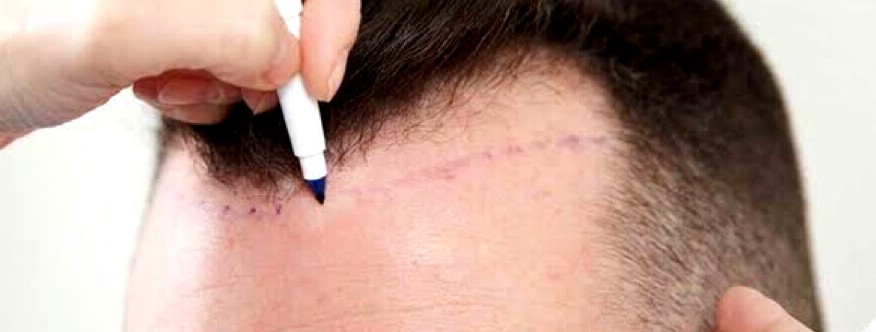Hair transplants can be a life-changing procedure for those experiencing hair loss. However, like any medical or cosmetic procedure, results may not always meet expectations. If you’ve undergone a hair transplant and are dissatisfied with the outcome, don’t worry—there are several steps you can take to address the issue and work towards achieving your desired look. In this article, we’ll explore the potential reasons behind an unsatisfactory hair transplant and outline practical solutions to help you move forward confidently.
Common Reasons for Unsatisfactory Hair Transplant Results
Before diving into solutions, it’s important to understand why a hair transplant may not yield the expected results. Here are some common factors:
Inexperienced Surgeon
One of the most significant factors influencing hair transplant success is the skill and experience of the surgeon. Inadequate technique can lead to poor graft survival, unnatural hairlines, and patchy growth.
Poor Post-Operative Care
Failing to follow aftercare instructions can negatively impact the healing process and graft survival. This includes improper washing, scratching the scalp, or exposing it to sunlight too early.
Low Graft Survival Rate
Sometimes, transplanted follicles may not survive due to trauma during extraction or implantation, or because of inadequate blood supply.
Unrealistic Expectations
It’s essential to have realistic expectations about the density and appearance of transplanted hair. Hair transplants offer improvement, not perfection.
Underlying Medical Conditions
Certain health issues or medications may impact hair growth, leading to poor results despite a technically successful procedure.
Step-by-Step Guide: What to Do If Your Hair Transplant Didn’t Work
Step 1: Wait for the Full Growth Cycle
Hair growth after a transplant can take up to 12 months or more to fully mature. Patience is crucial—what appears as a failed procedure may simply be incomplete growth.
Step 2: Consult Your Surgeon
Schedule a follow-up appointment with your transplant doctor to discuss your concerns. They can assess your scalp, identify potential issues, and recommend next steps.
Step 3: Seek a Second Opinion
If you’re unsatisfied with your original clinic’s response, consider consulting a board-certified hair restoration specialist. A fresh perspective may provide valuable insights.
Step 4: Evaluate the Possibility of a Revision Surgery
A corrective or second hair transplant can address areas of insufficient density or poorly placed grafts. Make sure to choose a reputable clinic with a proven track record in repair procedures.
Step 5: Consider Non-Surgical Treatments
Platelet-Rich Plasma (PRP) Therapy: Promotes healing and stimulates hair follicles.
Medications: Minoxidil and Finasteride can complement surgical efforts and boost growth.
Low-Level Laser Therapy (LLLT): Enhances blood circulation and encourages regrowth.
Step 6: Focus on Scalp Health
Improving your scalp’s overall health can aid in better hair growth. This includes:
A balanced diet rich in biotin, zinc, and protein
Avoiding harsh shampoos or chemical treatments
Managing stress, which can contribute to hair loss
How to Choose the Right Clinic for a Revision Procedure
If you decide to undergo a corrective transplant, it’s crucial to choose the right clinic:
Check Qualifications: Ensure the surgeon is certified by recognized medical boards.
Review Before and After Photos: Real results from previous patients offer the best proof.
Read Reviews and Testimonials: Patient experiences reveal the clinic’s reliability and success rate.
Ask About Repair Experience: Not all clinics specialize in repair transplants—opt for one that does.
Preventing Future Disappointments: What to Know Before Your First or Second Transplant
Do your research.
Set realistic goals.
Communicate clearly with your doctor.
Follow pre- and post-op instructions diligently.
Final Thoughts
Hair transplant disappointment can be disheartening, but it’s not the end of your journey to restoring your hair and confidence. By taking informed steps—whether through revision procedures, non-surgical alternatives, or proper scalp care—you can still achieve a natural and satisfying result. Always remember: success often lies in persistence and making the right decisions the second time around.

Bir yanıt yazın